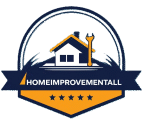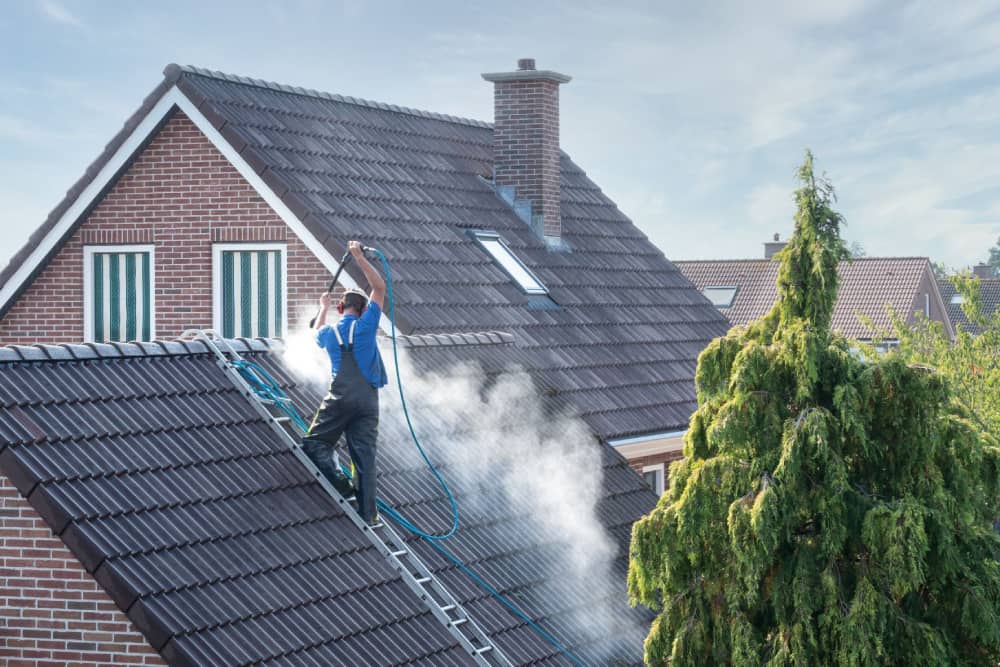Extending the life of your roof starts with proactive care and regular maintenance. Whether a home or a business, the roof protects the structure from weather damage, insulation loss, and costly repairs. Property owners can prevent premature deterioration and ensure their investment lasts longer by avoiding debris buildup, water pooling, or missing shingles.
Routine inspections and prompt repairs are equally important for businesses and homeowners. Proper drainage, material selection, and addressing minor damage early are key factors in maintaining durability. In particular, commercial roofing systems often require specialized upkeep due to larger surface areas and heavier usage demands. Prioritizing preventive maintenance helps ensure safety, efficiency, and long-term performance across all property types.
Regular Inspections
Regular inspections are one of the most effective ways to extend the life of your roof, whether for homes or commercial buildings. Over time, weather, debris, and aging materials can lead to unnoticed damage that worsens if left unchecked. Routine checks help identify minor issues before they become major repairs, allowing for timely maintenance that preserves function and appearance. Consistent evaluations can prevent leaks, mold, and structural wear for those managing residential roofing, ultimately saving money and reducing long-term risk. A proactive approach to roof care not only enhances durability but also supports the overall safety and value of the property.
Keep Gutters Clean
Blocked or overflowing gutters deposit water around your foundation and onto your roof, causing leaks, rot, and even structural damage. Clean gutters regularly, particularly in spring and fall or after a significant storm. Installing gutter guards can drastically reduce leaf and debris buildup, supporting smooth water flow and safeguarding your roof and home’s infrastructure.
Ensure Proper Ventilation and Insulation
Inadequate attic ventilation causes heat and moisture to accumulate, which can warp decking, crack shingles, and foster mold. Excess heat can scorch roofing materials during summer, while moisture buildup in winter may damage ice dams. Ensure your attic is adequately insulated to minimize heat flux and install passive vents at the soffit and ridge to encourage airflow. These steps will lower utility costs and extend your roof’s lifespan.
Address Repairs Promptly
Minor issues like lifted shingles, cracked flashing, or blocked vents are best addressed immediately. Delaying repairs can result in leaks, mold, and expensive water damage. Even minor storm damage can worsen quickly, so act fast and, when in doubt, hire a qualified roofing contractor to ensure proper and lasting repairs.
Invest in Quality Materials
A roof is only as reliable as the materials from which it’s made. Invest in high-durability shingles, advanced underlayment, and intense flashing if a repair or replacement is necessary. While premium materials may cost more initially, their superior longevity helps you save on future maintenance or early replacement. Also, consider choosing products with proven weather resistance, impact ratings, and extended warranties.
Prevent Moss and Algae Growth
Moss traps moisture against your roof, leading to shingle rot and deterioration, while algae create dark streaks and reduce reflective efficiency, raising energy bills. Clean minor moss and algae growth with a garden sprayer filled with water and mild detergent. For more persistent issues, use commercial products formulated for roofs or install zinc/copper strips along roof peaks to prevent regrowth.
Trim Overhanging Branches
Trees provide shade, but overhanging branches are a hazard to your roof. Wind, storms, or natural weight can bring branches down, damaging shingles and gutters or causing punctures. They also create travel routes for squirrels and other pests. Regularly prune back any limbs within at least 6-10 feet of your roof. This limits storm debris and discourages animals from taking up residence above your property.




